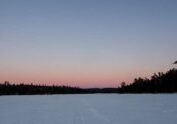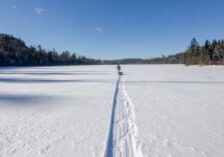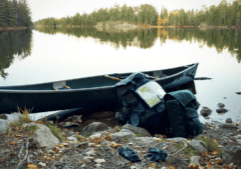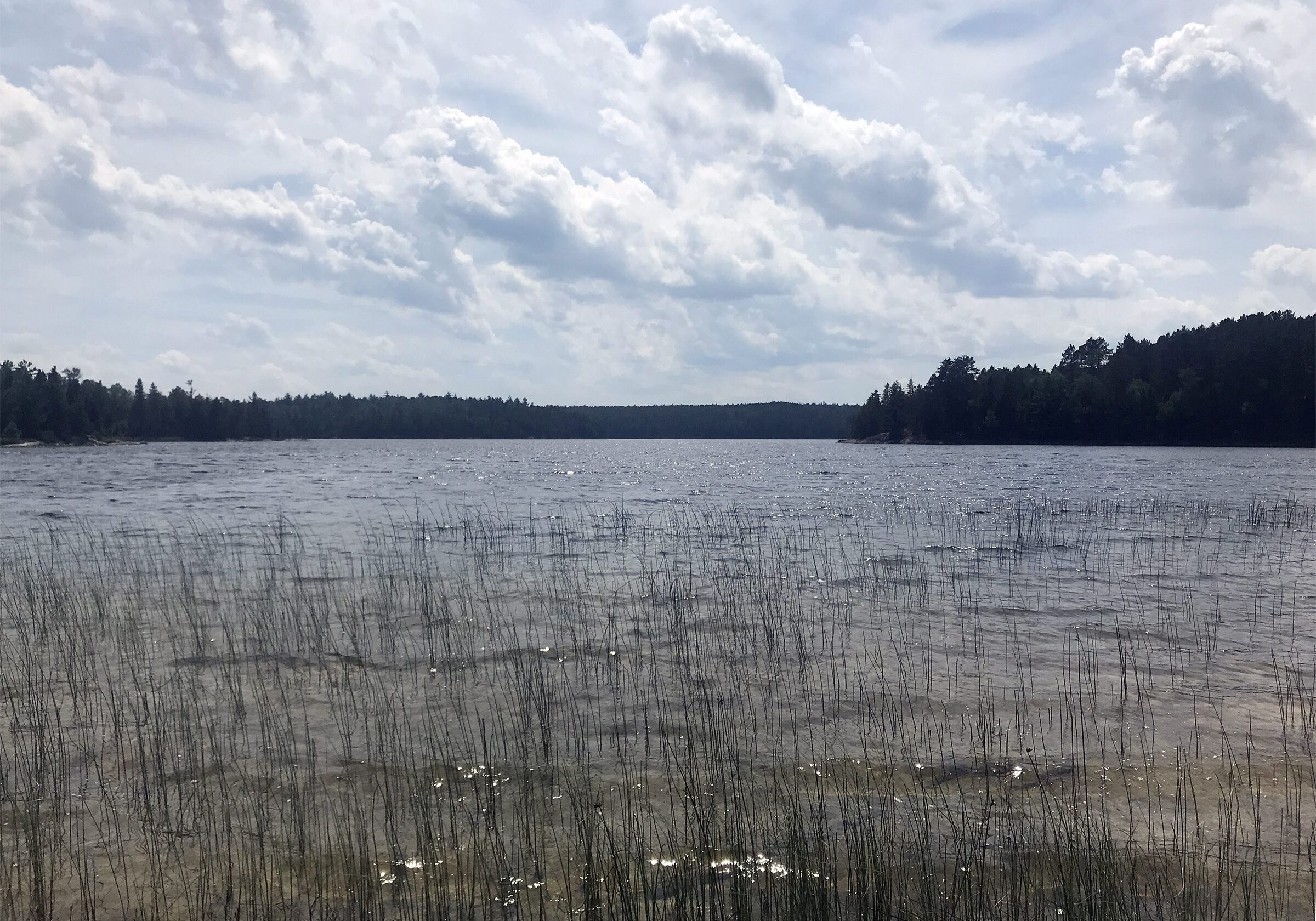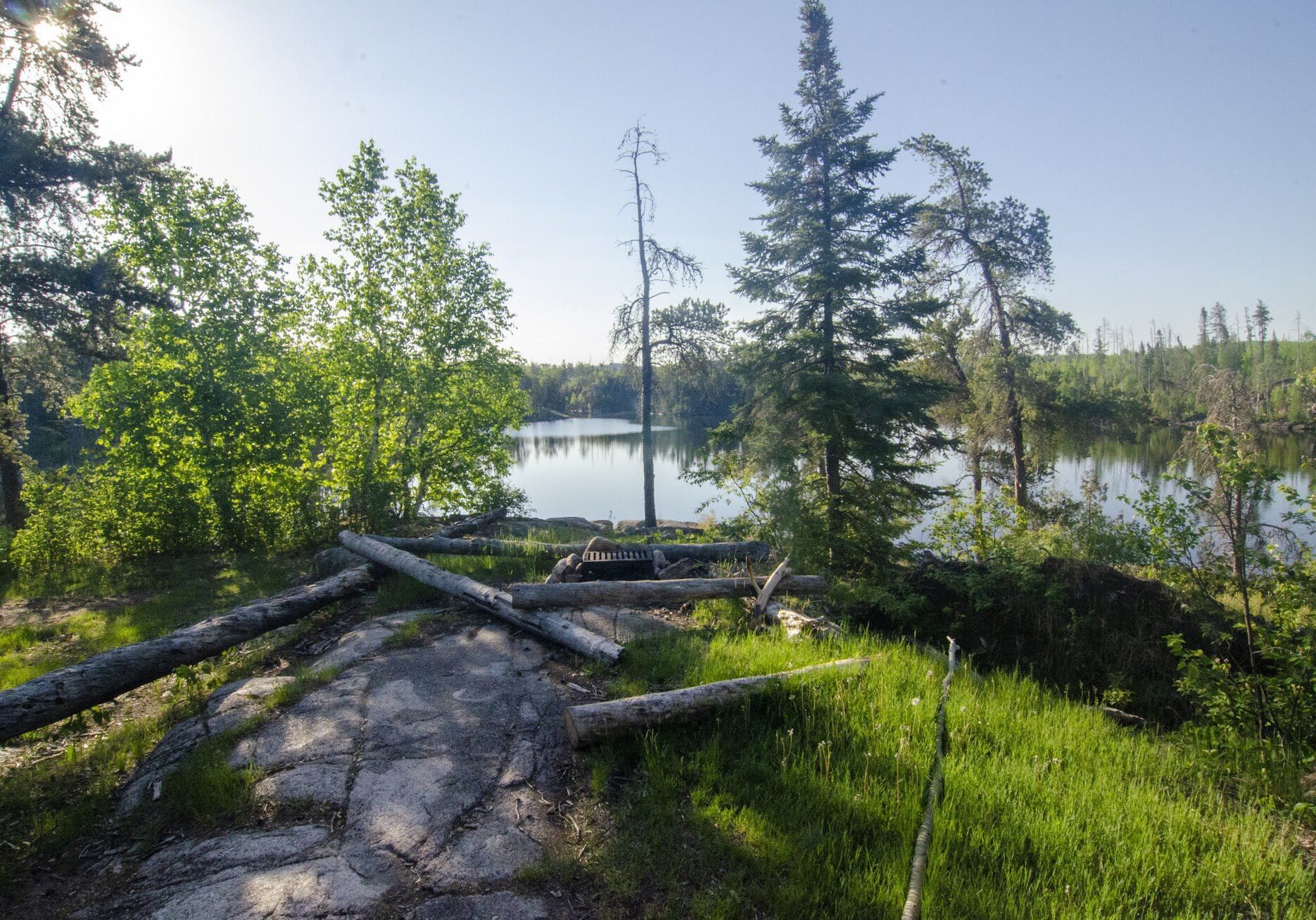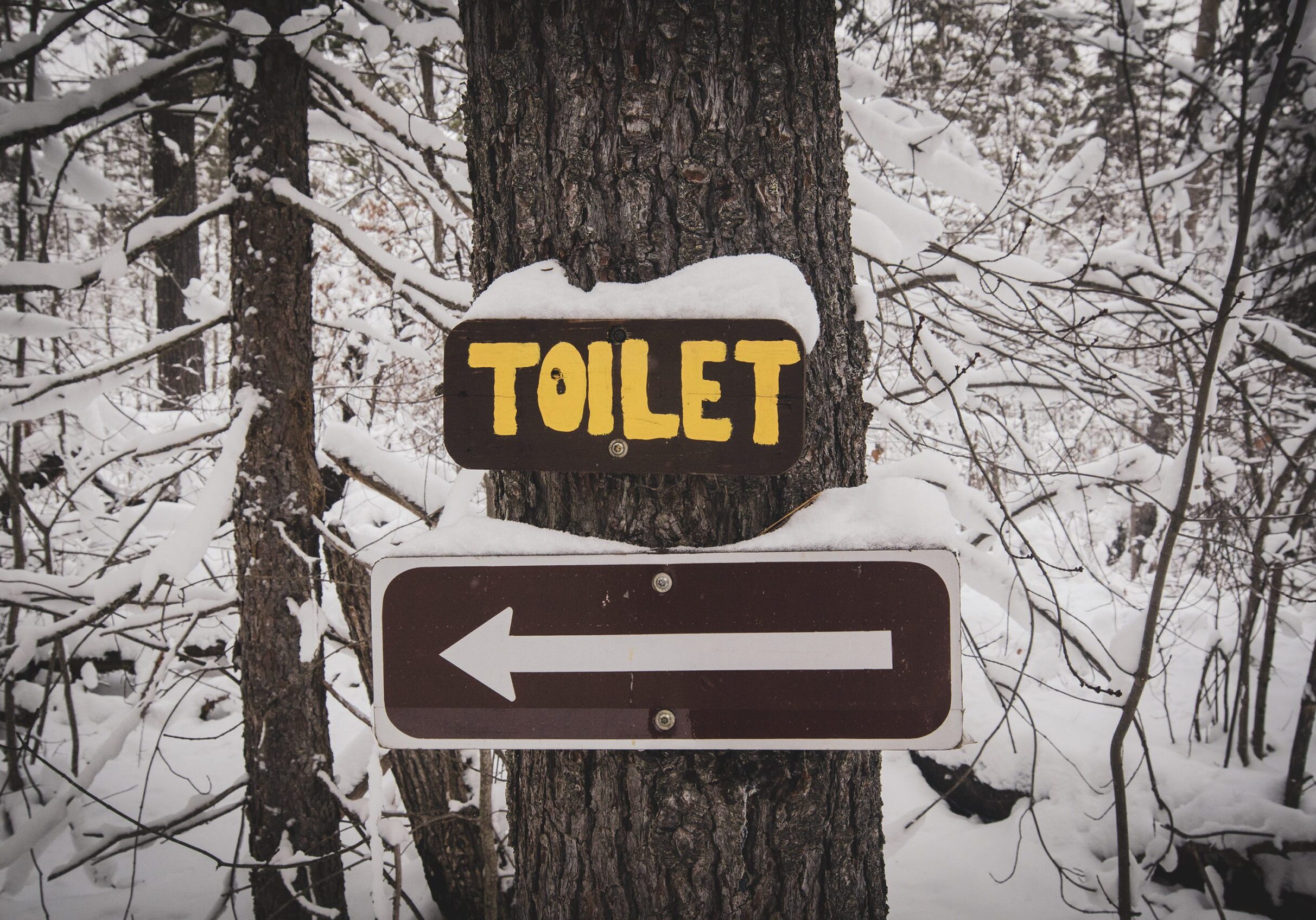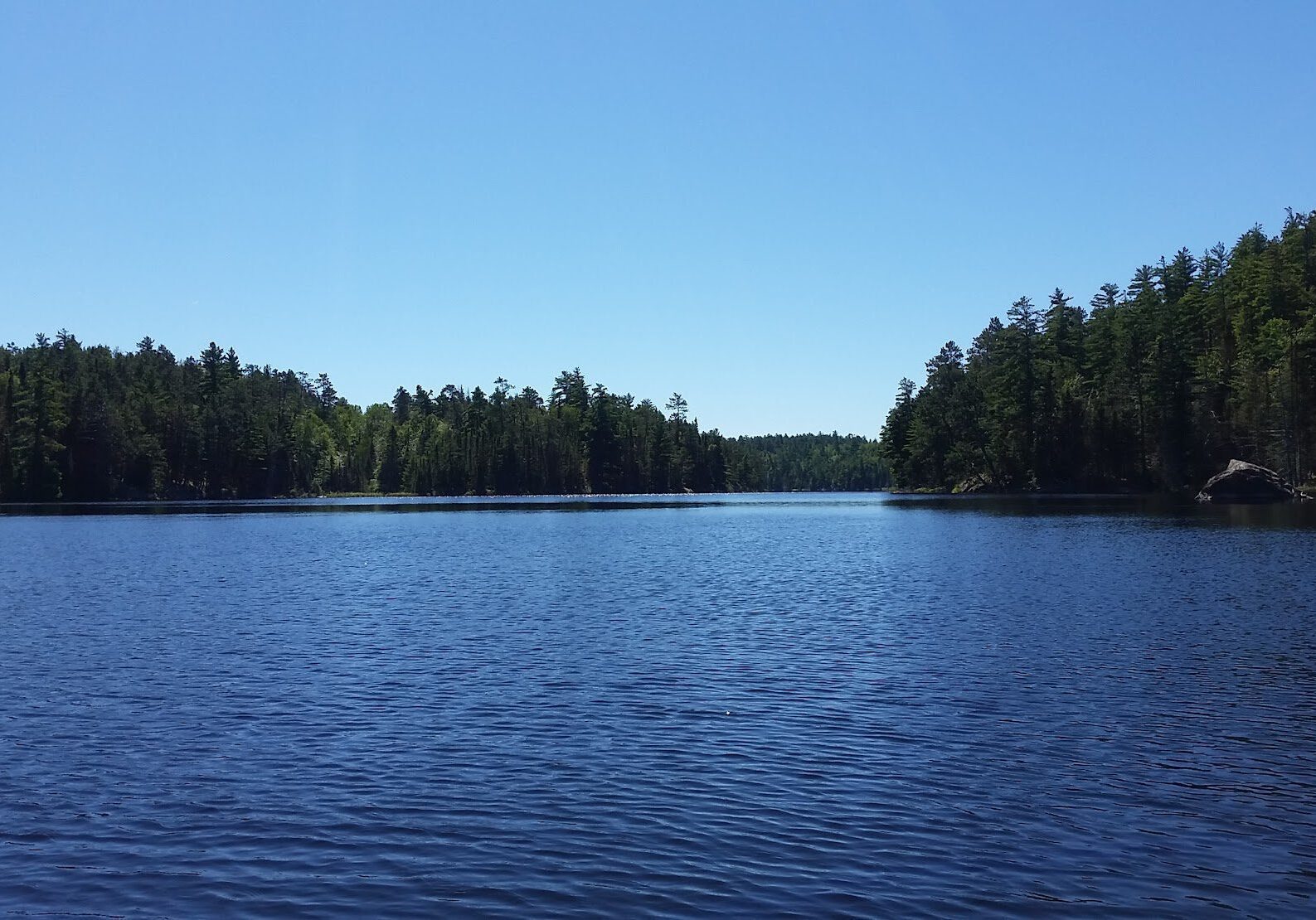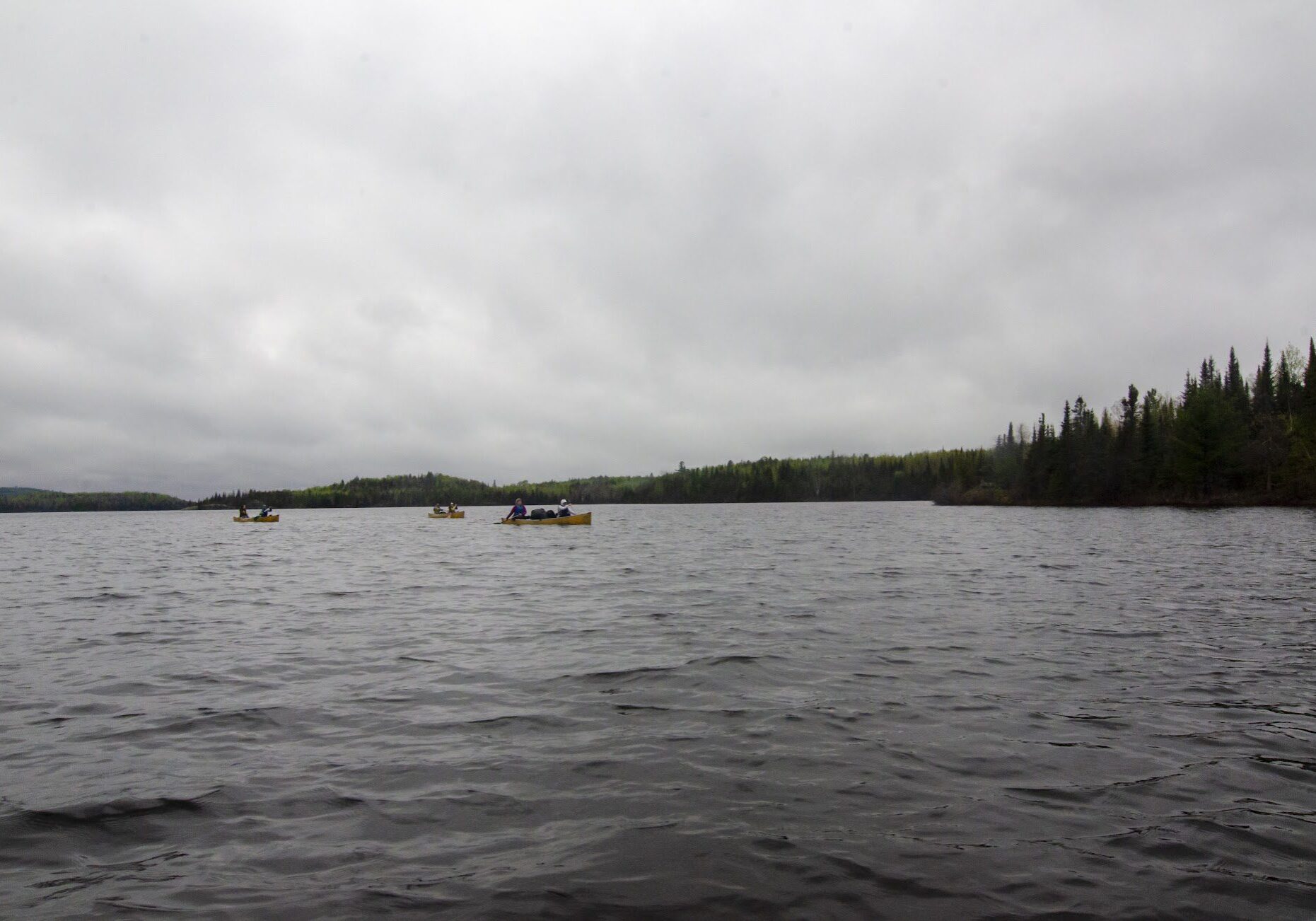Sign up for our newsletter to receive updates about new articles, great deals, and information about the activities you love and the gear that makes them possible:
Have You Read Our Other Content?
The Best BWCA Entry Points for Every Winter Activity
With lake ice quickly becoming travelable, many of us are dreaming about where in the BWCA we’ll head this winter. Winter is a peculiar contrast to summer in this neck of the woods. A whole different gear set is required to travel and stay safe (more on that in future articles.) Accessibility becomes much harder…
Finding Solitude in the BWCAW
Though the Boundary Waters is the most visited wilderness area in the United States, it’s refreshingly empty compared to most national or state parks and seldom feels crowded. For many, the occasional encounter with another group is no big deal. But all of us dream about wilderness solitude at some point in our outdoor career:…
Let’s Break the Ice on a BWCA November Canoe Trip!
It’s been snowing all week here in Ely which points to a winter season fast approaching. In the meantime, this is one of the more challenging seasons for wilderness travel with many big lakes still open, smaller lakes starting to freeze, and trails and forests covered in fresh, wet snow. To the majority of…
Map Mondays – Week 9 – Trout to Moose River South
As part of our continuing series on the “route planning game,” we are creating routes using randomly selected entry points, exit points, and number of days to create unique and fun BWCA routes. This route highlights a route across the rugged western section of the BWCA. Check it out: Total Mileage: 35.2 milesNights: 5Paddle Distance:…
Map Mondays – Week 5 – Baker to Magnetic
As part of our continuing series on the “route planning game,” we are creating routes using randomly selected entry points, exit points, and number of days to create unique and fun BWCA routes. This week highlights a route across some of the busier routes on the eastern BWCA but, in using some creative strategy, allows…
Map Mondays – Week 10 – Angleworm to Wood
As part of our continuing series on the “route planning game,” we are creating routes using randomly selected entry points, exit points, and number of days to create unique and fun BWCA routes. Let’s check it out! Total Mileage: 45.5 milesNights: 5Paddle Distance: 36.7 milesPortage Distance: 8.7 miles Day 1: Miles: 7.6Target Campsite: Thunder LakeDescription:…


